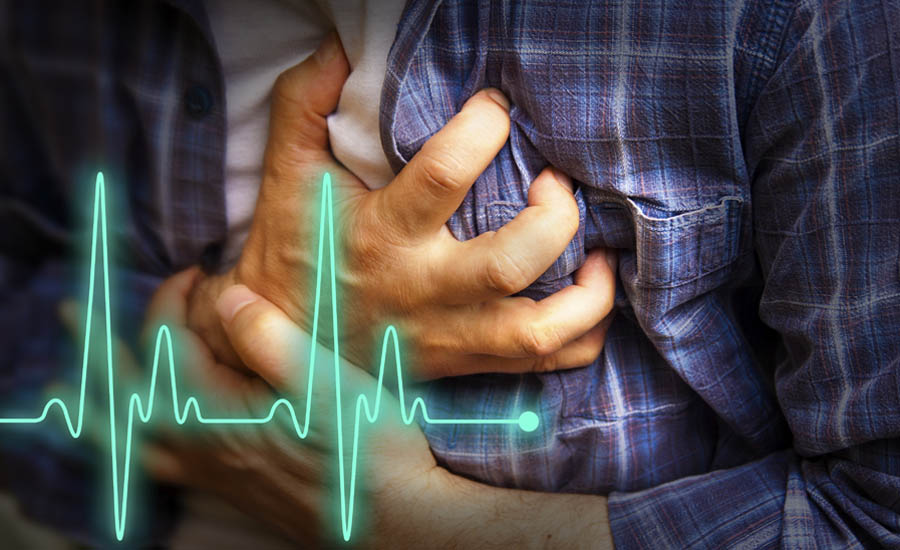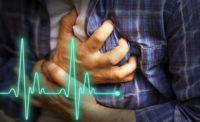In the two years since the American Heart Association (AHA) placed 30 Hands-Only CPR training kiosks in airports and other high-traffic locations in the U.S., more than 100,000 people have learned the life-saving skill from the interactive devices.
Each kiosk has a touch screen that displays a brief instructional video about Hands-Only CPR, followed by a practice session and a 30-second test. With the help of a practice manikin, the kiosk gives precise training feedback about the depth and rate of compressions -- factors that influence the effectiveness of CPR. The training session takes about five minutes.
About Hands-Only CPR
Hands-Only CPR has only two steps: 1) call 911 when you see a teen or adult suddenly collapse, and 2) push hard and fast in the center of the chest until professional help arrives.
The program began in earnest when a pilot kiosk was placed at Dallas-Fort Worth International (DFW) airport. Research published in the scientific journal Resuscitation showed there was noticeable interest by the public to learn Hands-Only CPR through the use of the kiosk. During a 32-month period from July 2013 to Feb. 2016, nearly 23,500 visitors tried the device.
Funding from Anthem Foundation allowed the program to expand. Data from the kiosks, including the pilot kiosk at DFW Airport, recorded 230,547 visits and 110,649 people trained through June 30, 2018.
Why get trained?
Each year, more than 350,000 cardiac arrests occur outside of the hospital, and more than 20 percent occur in public places. CPR, especially if performed immediately, can double or even triple a cardiac arrest victim’s chance of survival.
The kiosk training has already saved lives. After learning on the DFW airport kiosk in April 2015, Matt Lickenbrock saved a life when the victim suffered a cardiac arrest after being struck by lightning at the University of Dayton in Ohio. Shortly after a kiosk was installed at Indianapolis International Airport in March 2016, an airport police officer named Jose Munoz started practicing Hands-Only CPR on the device. A month later, Officer Munoz performed Hands-Only CPR on an airport traveler who suffered a cardiac emergency. The woman survived.

